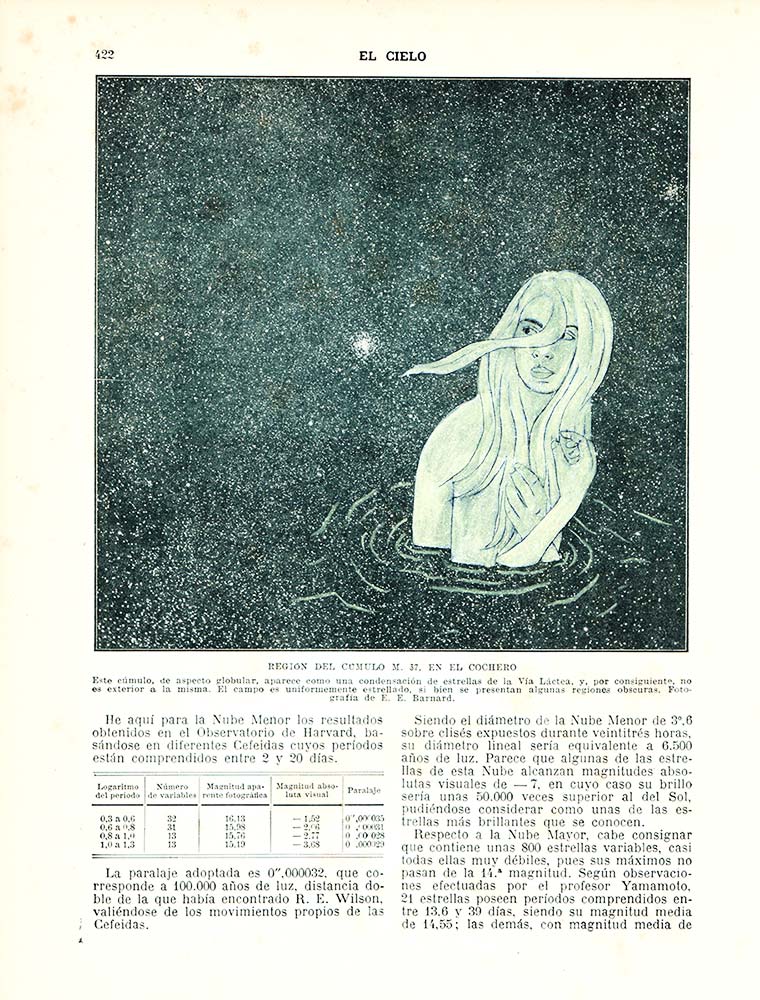- No products in the cart.
Share:
By Cecilia Durán
Galeria Senda welcomed spring with “Day and Night: New Paintings and Drawings,” the first exhibition in Spain of renowned American artist Donald Sultan. Consisting of a collection of large sacale pieces with the mimosa flower as its motif, Sultan demonstrated that a result can be accomplished with an unusual formula. It’s the case of Spring Mimosa Dec 12: painted flowers that were watered with tar and enamel, instead of water.
You are probably thinking: still life? The frenzy over dead nature and wine glasses left undrunk has long been dead, hasn’t it? The bread crumbs, the pear, the worm-eaten apple…Or those who opt for flowers, in order to come across as romantics, or perhaps because they were on offer and spring isn’t the season for pears. A white canvas, stained with the pigment of earthy colours — green, brown and dijon yellow.
Perhaps the death of conventional still life paintings did occur. Cézanne took with him the last sigh of the artist-admirer-of-fainted-fruits-over-ceramics, and Van Gogh that of sunflowers, which turned their heads away from the minds of those who claim to “know about art.” Maybe only a few of us still find peace in the representation of nature, even if it doesn’t come accompanied with conceptual affairs and ulterior motives. A bouquet of marigold, a strawberry, a landscape or something as mundane as a cigarette that dances in the darkness of a flat near 6 W & 24th st.
Sometimes that’s all one needs. A breath of relief in the stifle that becomes living in a time where one suffers from having to narrow their taste to a world that is quick to decide who is worthy of taking up a white wall and who will never leave their paint and hormone scented room.
Forget about the white wall, and while you are at it, forget the white canvas too. Instead, picture yourself in a concrete plant, where the tar fumes and the heat emerging from the pyramid of pebbles conceal your lungs and make your blood boil. In the midst of all that industrial landscape — metal, wood, iron and fire — grows a flower. It isn’t easy to imagine, in fact, it’s almost impossible for a flower to grow among so much hardship, yet, against all odds, it does. It is an orange flower, round like the sun, like the moon, like a dandelion that hasn’t granted its wish yet.
Cézanne’s still life emits an aroma of a tablecloth marinated with peach nectar and the little puddle that your father spilled in what was his fourth glass of wine. Van Gogh’s sunflower brings about the smell of summer fields and the distant saltiness of the sea. However, Donald Sultan’s mimosas play with your senses: you can see minimal circles, surrounded by a bunch of olive leaves and it makes you think: south of France, dry and fruity air… but when you get closer to the piece all schemes fall down. You no longer think of the French countryside, but of the way there — the voyage. The heat emerging from the asphalt when you step off the car to spread your legs, and the smell of tar coming from a factory that was built far from human life; to avoid shortening the very same with the impurity of the fumes steaming from its high chimneys.
You see, Cézanne’s provincial scenery and Van Gogh’s thick-brushtroked flowers had become far removed from my mental archive of beloved pieces. It’s not that I don’t admire the works, nor a need for art to tell me “something.” It’s more that I am in a constant quest of works that will allow me to appreciate beauty in a world in which very rarely beauty comes without aftershocks. To believe, for once, that within industrial land, life can grow.
If you get close to Sultan’s work you’ll be able to ‘smell’ your childhood in the countryside, the sweet taste of sun-ripened fruit, and the breeze that caresses your skin as you read under the olive tree on a sunny August afternoon… although what you are really smelling is masonite, enamel and tar.
I think that is the whole point of it — stimulating your senses with what you think it is, what you would like it to be and what it truly is. If you wish to see it for yourself, the exhibition will be open until the end of July.






























































































